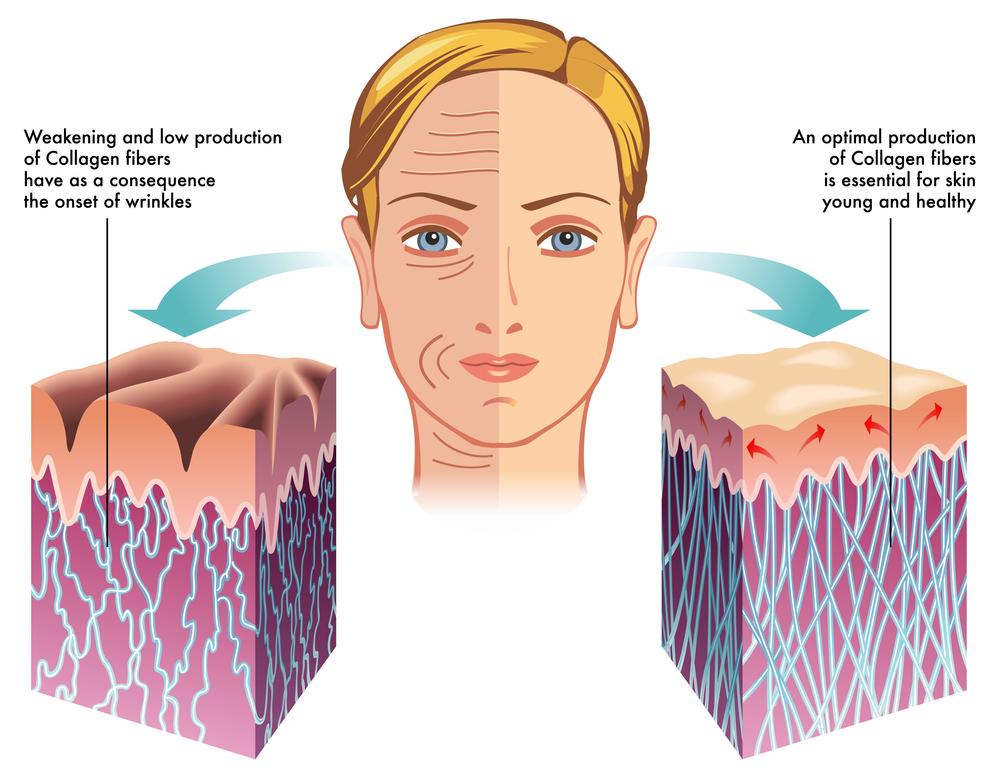The placenta is an organ that develops during pregnancy. The placenta provides the baby with food, oxygen, and removes waste. The placenta is located inside the uterus, and attaches to the uterine wall during pregnancy. When the placenta is low lying in the uterus and covers part or all of the cervix, it is called placenta previa.
Placenta previa affects 1 in every 200 pregnancies. The placenta stretches and grows throughout the pregnancy. It is normal for the placenta to be low lying in the uterus in the beginning stages of pregnancy. But as pregnancy progresses the placenta moves up and out of the way so that the baby has a clear path out of the cervix. When the placenta does not move up this condition is placenta previa.
Types Of Placenta Previa
There are different types of placenta previa.
- Marginal placenta previa is when the placenta only covers the edge of the cervix. It may be touching the cervix but not covering completely. Marginal placenta previa usually resolves on its own without any treatment. Marginal placenta previa can also be called low lying placenta. This is sometimes diagnosed in early pregnancy, but by the third trimester has resolved.
- Partial placenta previa is when the placenta covers only part of the cervix. Complete or total placenta previa is when the placenta is covering the entirety of the cervix blocking the vagina. This type is less likely to correct itself.
Symptoms
There may be no signs or symptoms that you have placenta previa. One symptom that can occur is bright red vaginal bleeding that can either be continuous or come and go. There usually is no pain with placenta previa. Some people can experience pre labor contractions, low back pain, or abdominal pain. Spotting can also occur.
The reason you can bleed with placenta previa is because of two things. One when the cervix is thinning preparing to deliver the placenta touching the thinning cervix can cause bleeding. Another reason is when the cervix is completely dilated the blood vessels connecting the placenta to the uterus tear and can bleed.
Complications
Complications that can occur to the mother with placenta previa are severe bleeding, early delivery, blood loss which can cause anemia, shortness of breath and low blood pressure. It can also cause placenta accreta which is when the placenta is attached too deeply into the uterine wall, after delivery when the placenta detaches it can cause severe bleeding.
Placental abruption can also occur as a complication of placenta previa. Placental abruption is when the placenta separates from the uterus before the baby is born. This can cause severe bleeding, and loss of oxygen and nutrients to the baby.
The baby can undergo some complications as well.
- Premature birth if an emergency c-section is needed to get the baby out when bleeding doesn’t stop.
- Low birth weight due to being born before the due date, or having an emergency delivery.
- Respiratory issues can also occur when the baby is delivered too early, and the respiratory system isn’t developed all the way.
Causes & Risk Factors
The cause of placenta previa is unknown.
There are some things that can put you at higher risk of having placenta previa. Having a previous C-section, getting pregnant via In vitro fertility, if you smoke cigarettes, if you are 35 years old or older, if you have been pregnant before, or if you are pregnant with multiples. If you have had placenta previa in a previous pregnancy you have a 2-3% chance of having it in another pregnancy.
Diagnosis
Usually placenta previa is diagnosed at the routine anatomy ultrasound that happens around 20 weeks. It is sometimes diagnosed earlier due to bleeding. Your doctor, if they see there is a chance of placenta previa from an abdominal ultrasound, may suggest doing a vaginal ultrasound to be able to more accurately look at the cervix and the placenta. This can help them measure how much of the cervix is covered, or how close the placenta is to the opening.
Treatment
There is no cure for placenta previa. Most pregnancies with placenta previa end in a C-section with mother and baby doing wonderfully.
If diagnosed with placenta previa, you will have extra ultrasounds to keep a watch on your placenta to see if it moves during the rest of your pregnancy.
Treatment will also help stop labor from occurring naturally or early. The doctor will want you to deliver as close to your due date as possible with a scheduled C-section, usually close to or after your 36 week. If you experience bleeding due to placenta previa, getting the bleeding to stop is essential.
If the doctor cannot get your bleeding to stop they may need to take your baby with an emergency C-section. If severe bleeding occurs blood transfusions may need to be done to keep blood volume up.
Takeaway
Placenta previa can cause complications during pregnancy. Vaginal deliveries are usually out of the question when you have placenta previa. A scheduled C-section will be scheduled after the 36 week of pregnancy. When placenta previa is diagnosed, and then monitored, usually mother and baby are fine.
Pregnancy complication: A C-section may be scheduled when Placenta Previa is diagnosed! #HealthSurgeon
READ MORE: Iodine Intake During Pregnancy
Sources:
https://www.marchofdimes.org/find-support/topics/pregnancy/placenta-previa#:~:text=Placenta%20previa%20is%20a%20condition,about%201%20in%20200%20pregnancies.
https://www.mayoclinic.org/diseases-conditions/placenta-previa/diagnosis-treatment/drc-20352773
https://my.clevelandclinic.org/health/diseases/24211-placenta-previa
https://www.webmd.com/baby/guide/what-is-placenta-previa





